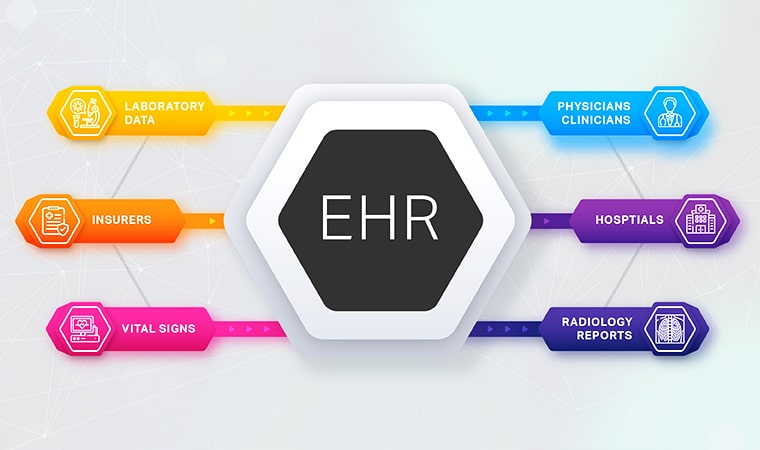Synthetic data in healthcare refers to artificially generated data that simulate real patient health data. This type of data is created using algorithms and statistical models. It is designed to reflect the complex patterns and characteristics of actual healthcare data. Yet, it does not correspond to any real individuals, thereby protecting patient privacy.
The creation of synthetic data involves analyzing real patient datasets to understand their statistical properties. Then, using these insights, new data points are generated. These mimic the original data’s statistical behavior but do not replicate any individual’s specific information.
Synthetic data is becoming increasingly important in healthcare. It balances leveraging big data’s power and respecting patient confidentiality.
Current State of Data in Healthcare
Healthcare continually grapples with balancing data benefits against patient privacy concerns. Obtaining healthcare data for commercial or academic purposes is notably challenging and costly.
For example, gaining approval to use health system data can take up to two years. Accessing patient-level data often incurs costs in the hundreds of thousands, if not more, depending on the project’s scale. These obstacles significantly hinder progress in the field.
The healthcare sector is in the early stages of data sophistication and application. Several factors, including privacy concerns, the absence of standardized data formats, and the existence of data silos, have impeded innovation and advancement. However, this scenario is changing quickly, particularly with the rise of generative AI technologies.
Despite these hurdles, the use of data in healthcare is increasing. Platforms like Snowflake and AWS are in a race to offer tools that leverage this data’s potential. The growth of cloud computing is facilitating more advanced data analytics and accelerating product development.
In this context, synthetic data emerges as a promising solution to the challenges of data accessibility in healthcare.
Synthetic Data’s Potential in Healthcare and Pharmaceuticals

Integrating synthetic data in healthcare and pharmaceuticals opens up a world of possibilities. This innovative approach is reshaping various aspects of the industry. Synthetic data’s ability to mirror real-world datasets while maintaining privacy is revolutionizing multiple sectors.
-
Enhance Data Accessibility While Upholding Privacy
One of the most significant hurdles in healthcare and pharma is accessing vast data while adhering to privacy laws. Synthetic data offers a groundbreaking solution. It provides datasets that retain the statistical characteristics of real data without exposing private information. This advancement allows for more extensive research and training of machine learning models. It fosters advancements in treatment and drug development.
-
Better Patient Care through Predictive Analytics
Synthetic data can vastly improve patient care. Machine learning models trained on synthetic data help healthcare professionals predict patient responses to treatments. This advancement leads to more personalized and effective care strategies. Precision medicine becomes more achievable to enhance treatment efficacy and patient outcomes.
-
Streamline Costs with Advanced Data Utilization
Applying synthetic data in healthcare and pharmaceuticals also leads to significant cost reductions. It minimizes the risks and costs associated with data breaches. Additionally, the improved predictive capabilities of machine learning models help optimize resources. This efficiency translates into reduced healthcare costs and more streamlined operations.
-
Testing and Validation
Synthetic data enables the safe and practical testing of new technologies, including electronic health record systems and diagnostic tools. Healthcare providers can rigorously evaluate innovations using synthetic data without risking patient privacy or data security. It ensures that new solutions are efficient and reliable before they are implemented in real-world scenarios.
-
Foster Collaborative Innovations in Healthcare
Synthetic data opens new doors for collaboration in healthcare and pharmaceutical research. Organizations can share synthetic datasets with partners. It enables joint studies without compromising patient privacy. This approach paves the way for innovative partnerships. These collaborations accelerate medical breakthroughs and create a more dynamic research environment.
Challenges with Synthetic Data
While synthetic data holds immense potential, it also has challenges you must address.


